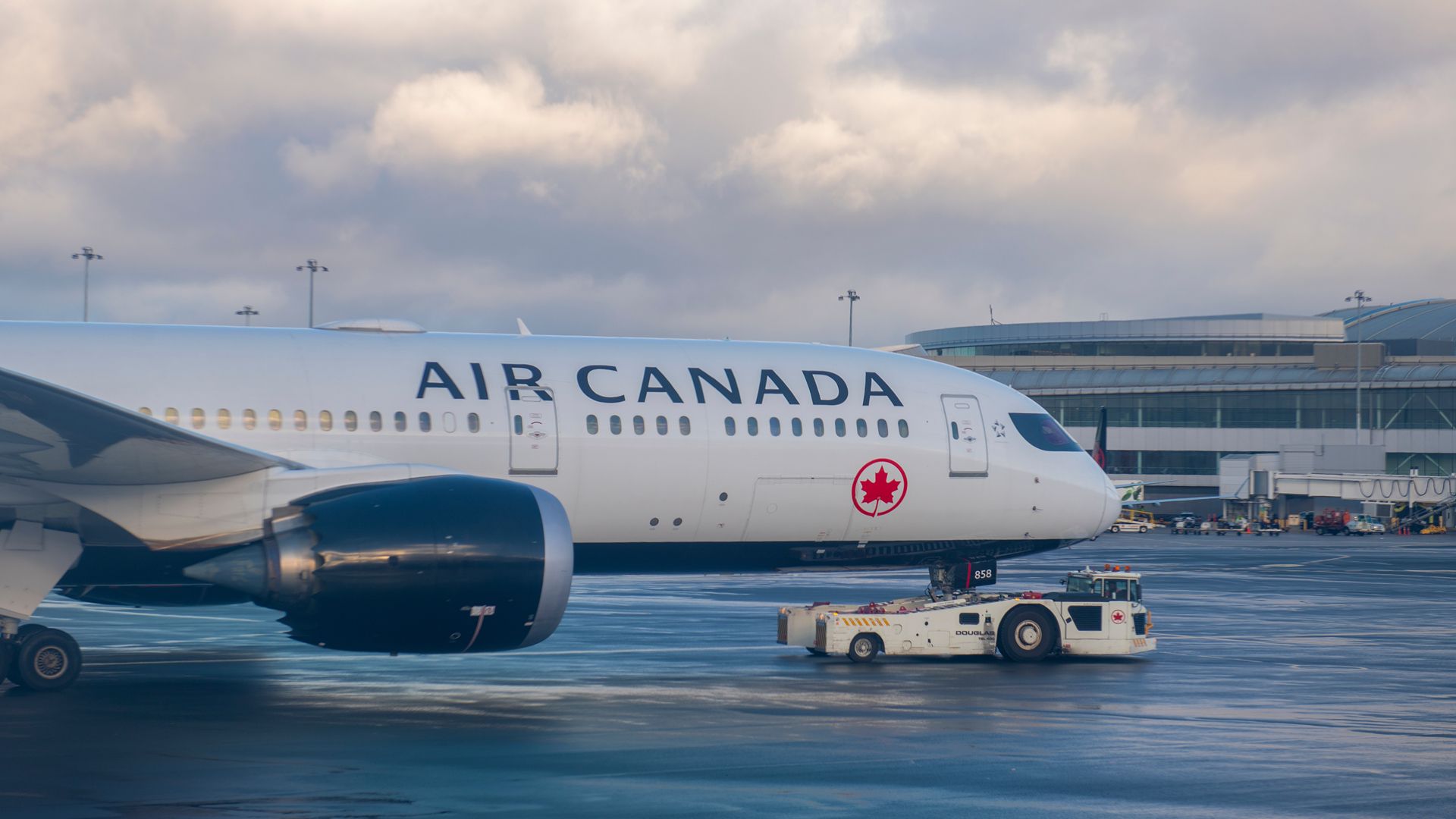World
US Considers Ending Preclearance at Canadian Airports Amid Travel Decline

The United States is reviewing its Preclearance program at Canadian airports due to a significant drop in passenger numbers. This service, available for decades at various airports across Canada, may soon be discontinued as travel between the two countries continues to decline. In remarks made at the Global Business Forum in Banff, Alberta, US Ambassador to Canada Pete Hoekstra expressed doubts about the program’s viability, stating that the financial burden falls on the US government.
Travel data from US Customs and Border Protection (CBP) reveals a staggering decline, with the number of Canadian residents returning from the US by air plummeting by over 25% in August. Hoekstra emphasized the challenge of justifying the program economically, reflecting a broader trend of waning cross-border travel.
Impact on Canadian Airlines
The potential termination of the Preclearance program would have substantial implications for Canadian airlines. The program has provided an advantage by simplifying US customs procedures for travelers, thus attracting passengers to Canadian carriers. If the service is eliminated, airlines may face increased operational costs, which could lead to higher airfares for travelers.
Canadian airlines have already begun to scale back services to the US in response to decreased demand. Air Canada suspended eight US routes this year and has reduced aircraft sizes on several existing routes. Similarly, WestJet has shifted its focus away from the US market, opting to fly to destinations in the Caribbean, Europe, and Mexico instead.
Hoekstra’s comments have sparked concerns among industry stakeholders. He stated, “Preclearance is something that is done at the expense of the US government. We paid for it. If you can’t make the numbers work anymore — you’re all business people. You know what that means.”
Historical Context of Preclearance
The Preclearance program has been operational in Canada since 1952, with facilities established at eight airports, including Calgary, Toronto, and Vancouver. It allows travelers to undergo US immigration checks before departing Canada, significantly reducing wait times upon arrival in the US. In 2024, over 22 million travelers utilized the program, with Canadians representing the largest group, accounting for nearly 16% of all commercial air passengers entering the US.
Despite the downward trend in travel, former Canadian diplomat Colin Robertson, who moderated the forum, noted that Canadians remain the largest source of tourism in the US. He questioned the wisdom of potentially ending Preclearance, commenting, “If you end pre-clearance, doesn’t that cut off your nose to spite your face?”
The US maintains Preclearance facilities in six countries, including Canada, Ireland, and the UAE. The future of the program remains uncertain as officials weigh the economic implications against the backdrop of declining travel numbers. The decision to continue or terminate the service will likely hinge on a comprehensive assessment of its financial viability and the broader impact on cross-border travel between Canada and the US.
-

 Science2 months ago
Science2 months agoToyoake City Proposes Daily Two-Hour Smartphone Use Limit
-

 Health2 months ago
Health2 months agoB.C. Review Reveals Urgent Need for Rare-Disease Drug Reforms
-

 Top Stories2 months ago
Top Stories2 months agoPedestrian Fatally Injured in Esquimalt Collision on August 14
-

 Technology2 months ago
Technology2 months agoDark Adventure Game “Bye Sweet Carole” Set for October Release
-

 World2 months ago
World2 months agoJimmy Lai’s Defense Challenges Charges Under National Security Law
-

 Technology2 months ago
Technology2 months agoKonami Revives Iconic Metal Gear Solid Delta Ahead of Release
-

 Technology2 months ago
Technology2 months agoSnapmaker U1 Color 3D Printer Redefines Speed and Sustainability
-

 Technology2 months ago
Technology2 months agoAION Folding Knife: Redefining EDC Design with Premium Materials
-

 Technology2 months ago
Technology2 months agoSolve Today’s Wordle Challenge: Hints and Answer for August 19
-

 Business2 months ago
Business2 months agoGordon Murray Automotive Unveils S1 LM and Le Mans GTR at Monterey
-

 Lifestyle2 months ago
Lifestyle2 months agoVictoria’s Pop-Up Shop Shines Light on B.C.’s Wolf Cull
-

 Technology2 months ago
Technology2 months agoApple Expands Self-Service Repair Program to Canada









